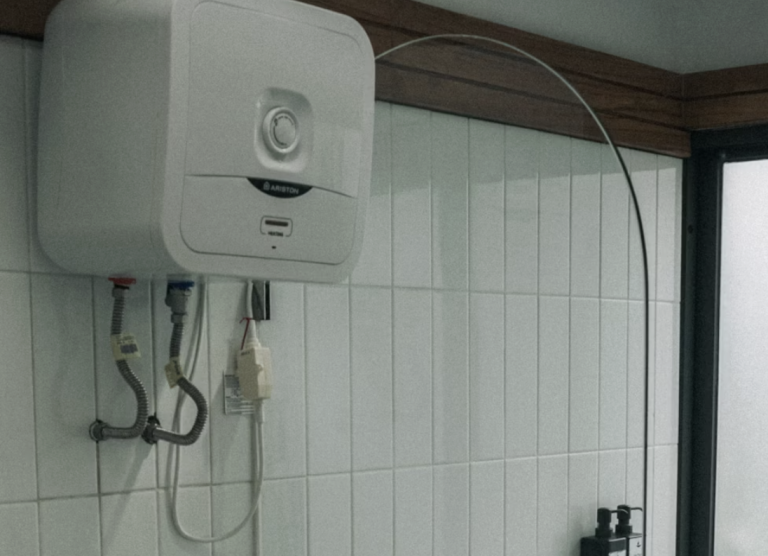Roof Repair is Very Expensive: Here’s How to DIY It

Maintaining your roof doesn’t have to drain your bank account. While professional roof repairs can cost thousands of dollars, many homeowners can successfully tackle minor repairs themselves with the right knowledge, tools, and safety precautions.
Understanding Roof Damage
Roof damage can stem from severe weather, aging materials, improper installation, or lack of maintenance. According to Van Boxel Supply, high temp ice and water shield is crucial for preventing water infiltration in vulnerable areas. Identifying the type and extent of damage is your first critical step.
Common roof issues include damaged or missing shingles, leaks around chimneys and vents, worn flashing, sagging or rotting sections, and moss and algae growth. Before starting any repair, conduct a thorough visual inspection from the ground and, if possible, safely from a ladder. Look for signs of wear, discoloration, curling shingles, or visible gaps.
Advanced Roof Material Knowledge
Understanding different roofing materials is crucial for effective repairs. Asphalt shingles, the most common roofing material, come in three primary types: 3-tab, architectural, and premium. 3-tab shingles are the most economical but least durable, while architectural shingles offer better aesthetic appeal and longer lifespan. Premium shingles provide the highest level of protection and can withstand extreme weather conditions.
For homes in regions with frequent temperature fluctuations, consider materials with high thermal expansion resistance. Metal roofing, though more expensive initially, offers exceptional durability and can last up to 70 years with proper maintenance. Slate and clay tiles provide superior longevity but require specialized repair techniques.
Environmental Considerations in Roof Repair
Climate plays a significant role in roof maintenance and repair strategies. In areas with high humidity, prevention of moisture-related damage becomes paramount. Use breathable underlayment materials that allow moisture vapor transmission while providing water resistance. In regions with intense sunlight, consider UV-resistant roofing materials and protective coatings that prevent premature degradation.
For homes in hurricane-prone areas, invest in hurricane straps and reinforced roof decking. These additional structural supports can prevent catastrophic roof failure during extreme weather events. Consult local building codes for specific requirements in your geographical region.
Safety First: Essential Precautions
Roof repair is inherently dangerous. Always prioritize your safety by using a sturdy, well-positioned ladder, wearing non-slip shoes with good traction, and using a safety harness when working on steep roofs. Work with a partner who can assist and call for help if needed. Avoid working during wet, windy, or extremely hot conditions, and always check weather forecasts before beginning your project.
Tools and Materials You’ll Need
Gathering the right tools before starting your repair will make the process smoother and more efficient. You’ll want a roofing hammer, pry bar, utility knife, roofing nails, replacement shingles matching your existing roof, roofing cement, caulk gun, protective gloves, safety glasses, roofing underlayment, chalk line, tape measure, and a moisture meter to detect hidden water damage. For added comfort and convenience, consider investing in transition safety glasses, which can automatically adjust to changing light conditions, helping you see clearly whether you’re working under bright sunlight or in shaded areas of the roof. This can ensure both protection and visibility throughout your project.
Step-by-Step Shingle Replacement
Replacing damaged shingles is one of the most common and straightforward roof repairs. Carefully lift the damaged shingle and surrounding shingles using a pry bar. Remove old roofing nails with the hammer’s nail puller. Slide out the damaged shingle and cut a new shingle to the correct size if needed. Slide the new shingle into place, secure with roofing nails, and apply roofing cement under the shingle edges to create a watertight seal.
Addressing Leaks and Flashing
Leaks often occur around chimneys, vents, and roof valleys. Inspect these areas carefully and replace damaged flashing by removing old caulk and flashing, cleaning the area thoroughly, applying new high-quality roofing sealant, installing new metal flashing, and ensuring proper overlap to prevent water infiltration.
Handling More Complex Repairs
Some repairs exceed typical DIY capabilities, such as large areas of water damage, structural roof sagging, significant rot or decay, or complex valley or ridge cap issues. In these scenarios, consulting a professional roofer is recommended to prevent further damage and ensure structural integrity.
Maintenance Tips to Prevent Future Damage
Regular maintenance can significantly extend your roof’s lifespan. Clean gutters twice annually, trim overhanging tree branches, remove moss and algae growth, inspect your roof after major storms, replace damaged shingles promptly, and apply protective coatings as recommended by manufacturers.
When to Call a Professional
Despite your best DIY efforts, some situations require professional intervention. These include roofs older than 20 years, extensive water damage, structural compromises, complex architectural designs, and situations involving local building code requirements.
Cost Considerations
DIY roof repairs can save significant money. A professional roof replacement typically costs between $8,000 and $20,000, while DIY shingle replacement might run just $30 to $100 per repair. This means potential savings of thousands of dollars.
Roof repair doesn’t have to be intimidating or prohibitively expensive. With careful preparation, the right tools, and a methodical approach, many homeowners can successfully complete basic roof maintenance and repairs. Always prioritize safety, know your limits, and don’t hesitate to seek professional help when needed.
Remember, a well-maintained roof protects your most significant investment—your home. Take the time to learn, prepare, and execute repairs carefully, and you’ll save money while ensuring your roof remains strong and functional for years to come.






